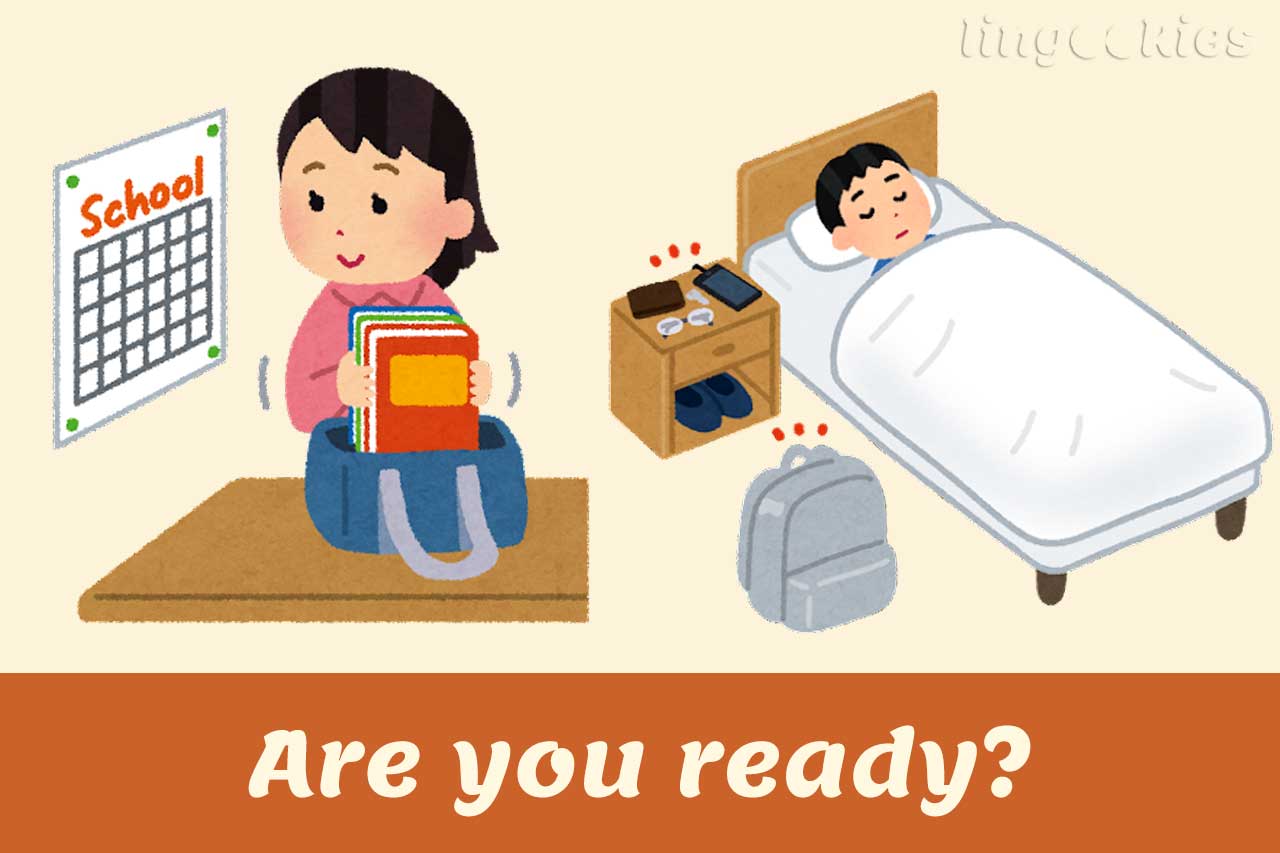How do you say it in Italian?
Sei pronto? Sei pronta?
| Pronunciation (male) | |
| Pronunciation (female) | |
| Words you should know | Essere (to be) + pronto (ready) |
| When to use this | With 1 person you’re familiar with |
| When NOT to use this | With strangers and groups |

The reason why there are two forms of the adjective “ready” is that, unlike English, Italian has two genders: masculine and feminine.
Any noun and adjective must agree with this gender. So if you’re talking to a man, you will use pronto, because that’s the masculine adjective. If you’re talking to a woman, you will use pronta because that’s the feminine form of the adjective.
Siete pronti? Siete pronte?
| Pronunciation (male) | |
| Pronunciation (female) | |
| When to use this | With a group of people |
| When NOT to use this | With strangers and 1 person at a time |
In Italian, unlike English, there are two kinds of “you”. There is a singular “you” and then there is a plural “you”. If you’re speaking to a group, you’ll need to conjugate any verb or pronoun accordingly, and don’t forget the gender!
As said, we’ll also have to change the adjective gender itself in its plural forms:
- pronti, masculine plural
- pronte, feminine plural

There’s another caveat here.
You will use the masculine form of the adjective if there’s at least one male person in the group you are talking to.
If the group is composed of only females, then use the female version of the adjective.
| Siete pronti, bambini? La zia vi sta aspettando! | Are you ready, children? Auntie is waiting for you! |
| Siete pronte? Come sarebbe a dire, non ancora?! | Are you ready? What do you mean, not yet! |
È pronto? È pronta?
| Pronunciation (male) | |
| Pronunciation (female) | |
| When to use this | With a stranger |
| When NOT to use this | With people you know well |
When speaking formally, Italians address each other with the subject “she”, lei. Use Lei in the written form if you want to be very polite.

More free Italian resources
You might want to keep learning Italian online with these free Italian resources:
❤️ If you liked this lesson on how to say are you ready in Italian, share it with your friends!

